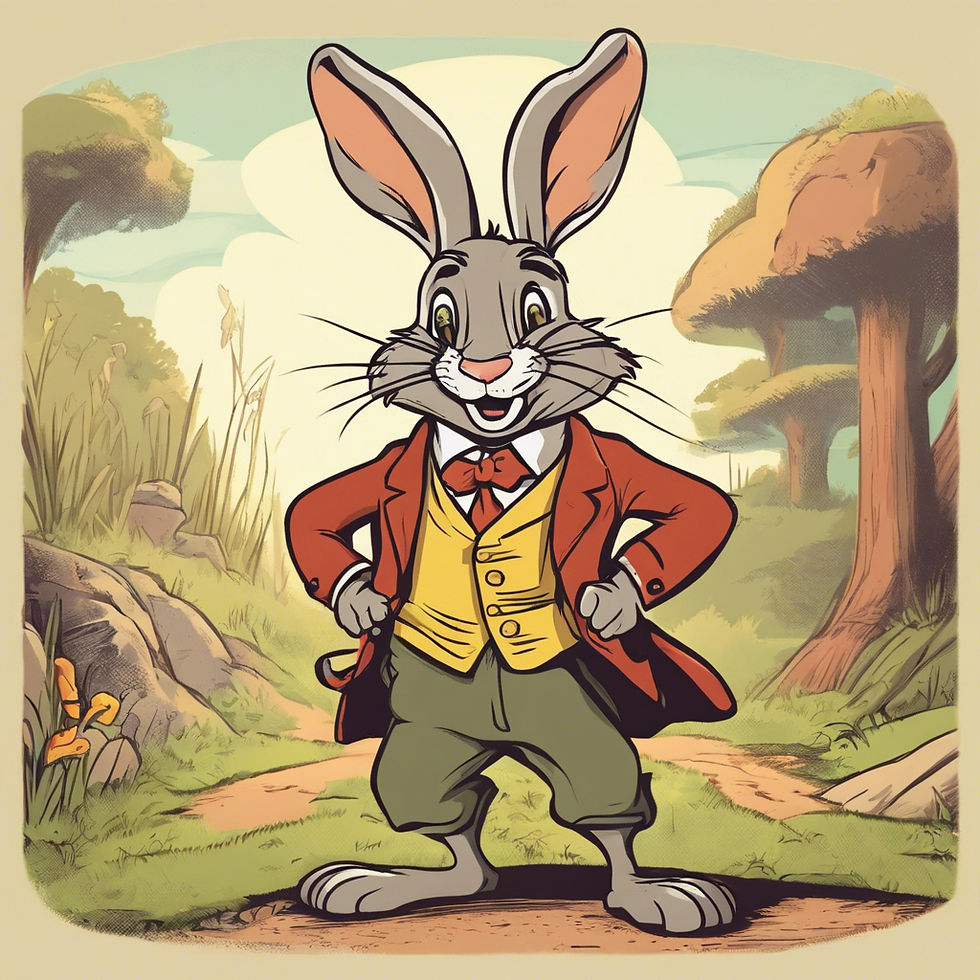The Threads of Memory: Storytelling in Gullah Geechee Culture
- Siwani Spirits
- Jan 6
- 4 min read
Storytelling. It is a word that echoes across centuries, carrying with it not just words and rhythms but the hopes, fears, wisdom, and ingenuity of a people. For the Gullah Geechee people, storytelling has not only been an artform but a lifeline—a way to preserve culture, hold onto identity, and survive the tides of history.

Nestled along coastal southern North Carolina, South Carolina, Georgia, and northern Florida, the Gullah Geechee stand as uniquely enriched by African traditions. Their isolation on islands surrounded by both salt water and, for much of their existence, the indifference or hostility of the mainland allowed their customs, language, and stories to thrive in ways unparalleled across much of the African American diaspora.
The Heartbeat of African Traditions
The Gullah Geechee oral tradition is deeply rooted in West and Central African storytelling practices. Across the African continent, griots once stood as the keepers of their communities’ collective memory. These oral historians and poets encased tribal histories, spiritual teachings, and cultural values within spoken tales that would pass seamlessly from one generation to the next.
When Africans were brought to America during the horrors of the transatlantic slave trade, the physical chains could not erode the power of oral history. On the Sea Islands, storytelling became a vessel for holding onto African identities. Under moonlit skies, by campfires, or resting after long days of labor on rice and cotton plantations, Gullah Geechee elders brought forth tales that bridged continents and strengthened bonds.
These stories bridged the past and present, transforming African worldviews into tales vividly recast for their new settings. Rabbit became Brer Rabbit, with his sly tricks and penchant for outwitting predators mirroring ancestral lessons in overcoming hardship through wit, unity, and creativity.
Storytelling as Survival and Bonding
For the enslaved Gullah Geechee, storytelling was more than entertainment. It became a surreptitious act of defiance and preservation. Tales of Brer Rabbit and his wily escapes held coded messages—whispered empowerment that even a small, oppressed figure could outmaneuver the strong and mighty.

Storytelling also offered protection in the abstract sense—a way to shield identity and techniques. Through fascinating tales that captivated children, elders also quietly passed on practical lessons about weaving, fishing, survival, and navigating both land and inequality. These stories, layered in symbolism, taught resilience, adaptability, and self-reliance.
Importantly, storytelling created community. These narratives were shared in communal settings, whether gathered outdoors beneath centuries-old oaks or huddled close in homes warmed by the aroma of cornbread and Lowcountry stews. Sharing stories formed interlocking pieces of belonging and collective strength.
The Trickster and the Power of the Word
One of the most enduring figures in Gullah Geechee storytelling is the trickster, embodied by Brer Rabbit but also seen in the likes of Buh Wolf, Buh Cooter (the turtle), and Buh Fox. These seemingly humble characters are clever schemers, finding small ways to turn hopelessness into triumph.
Brer Rabbit’s escapades echo traditions of African trickster deities, such as Anansi the spider, who in West African lore embodies cunning and mischief as a survival mechanism. A recurring theme in these stories is that brains triumph over brawn—a poignant lesson in oppressive circumstances.
The resonance of these tales did not go unnoticed beyond Gullah communities. Adapted versions like Joel Chandler Harris’s Uncle Remus stories brought Brer Rabbit into broader American folklore, though often at the expense of authenticity and full appreciation of the message and origins. Yet, within the Gullah Geechee, the character has always maintained his rightful place as a timeless guide and symbol of clever resistance.
The Modern-Day Legacy
Today, Gullah Geechee storytelling remains a powerful thread stitching together past and present. Despite the encroachments of time and modernity, these narratives continue to thrive, shared through spoken word, festivals, written compilations, and artistic expressions like song and dance.
The stories serve as both cultural bond and educational tool for younger generations. Efforts such as the Gullah Geechee Cultural Heritage Corridor and storytelling events across the Southeast ensure these tales remain vibrant, not relics.
Crucially, storytelling helps to keep the Gullah Geechee language itself alive. As the only English-based creole in the U.S., the poetic tones and distinctive cadences mirror the storytelling rhythm that flows naturally in oral traditions.
Our Stories in Every Breath
At its core, storytelling among the Gullah Geechee isn’t just about the past—it’s about what lives at the heart of the people today. Whether in the laughter of a child watching Brer Rabbit cartoons or an elder’s solemn recounting of a tale before community guests, these stories are vibrant reminders that identity is something we carry with us daily.
The next time you hear tales of Brer Rabbit, place them in their rightful home—a home built by the ingenuity and resilience of the Gullah Geechee people. Their stories remind us that when words are imbued with truth and intention, they can reassess struggles, forge bonds, heal hearts, and carry entire histories into the future.
The Gullah Geechee continue to speak and thrive because of storytelling. Through their tales, they’ve shown us all what it means to tell stories not just for the sake of memory, but for survival and celebration.




Comments